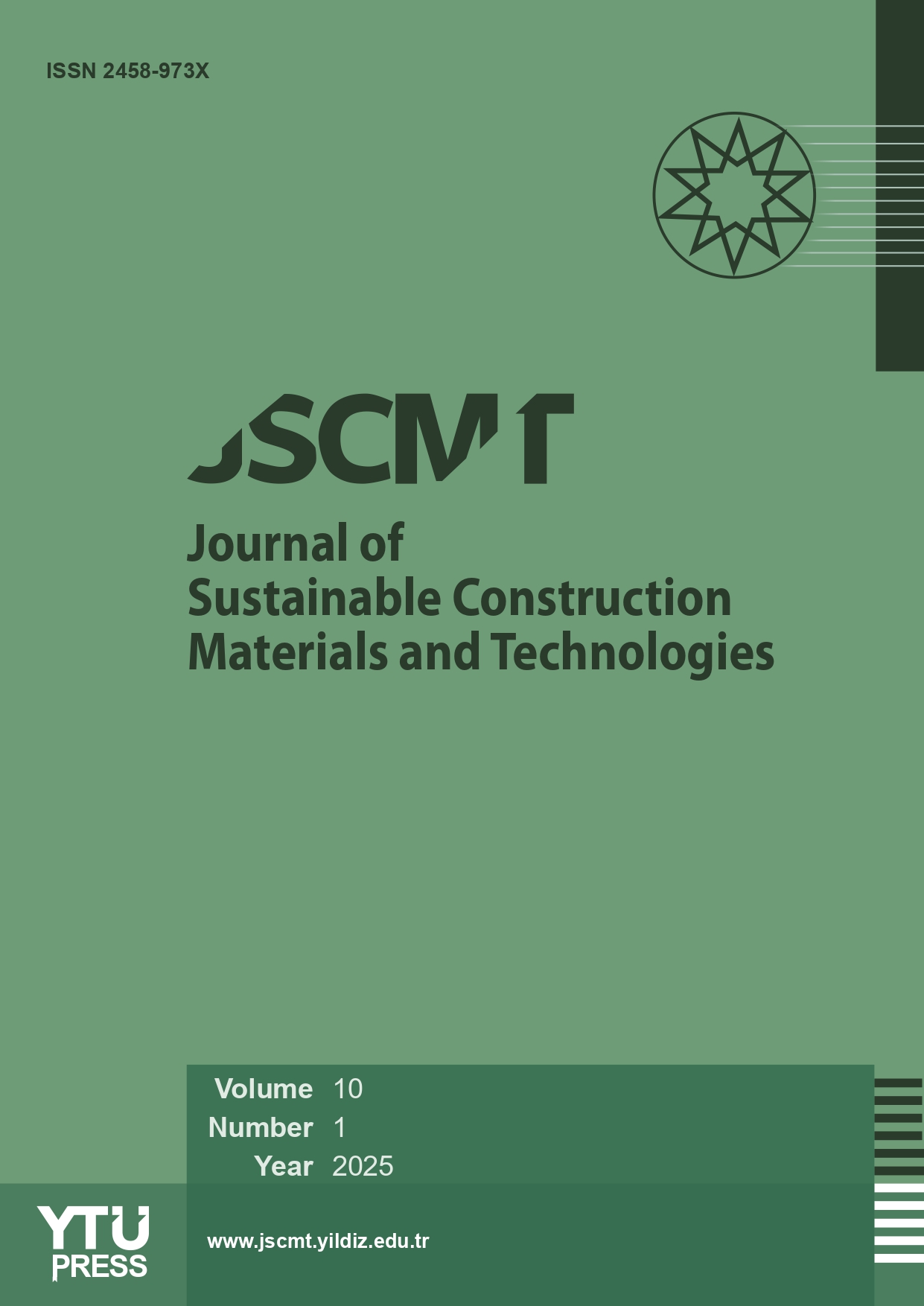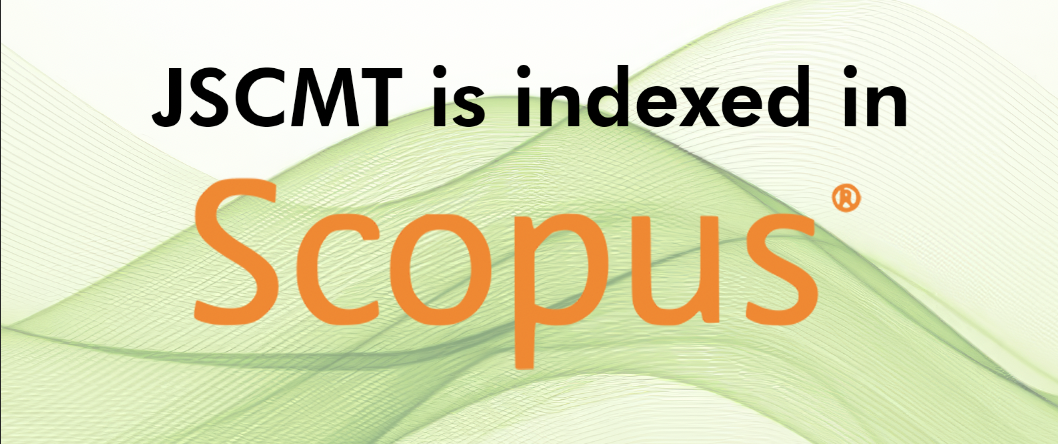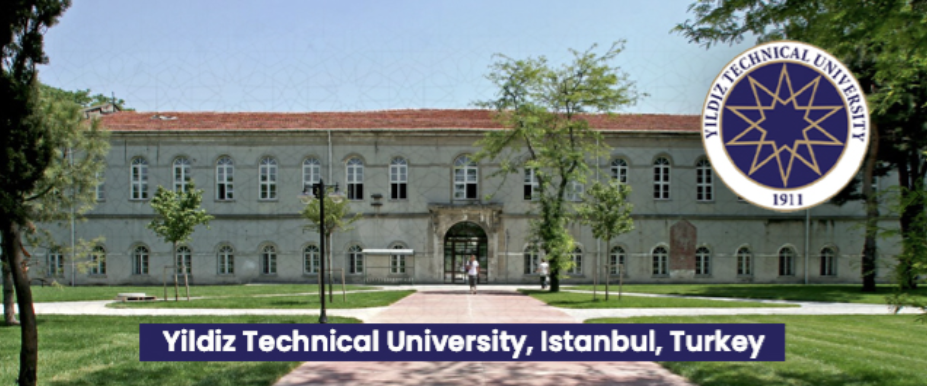2Department of Civil Engineering, Birla Institute of Technology and Science, Pilani, India
Abstract
The present study was undertaken to check the feasibility of magnesium phosphate cement (MPC) for the immobilization of calcite-precipitating bacteria. An aqueous route of MPC synthesis was followed using magnesium phosphate Mg3(PO4)2 powder and ammonium phosphate solution. The Fourier-transform infrared spectroscopy (FTIR) and scanning electron microscopy (SEM) analysis confirmed the synthesis of MPC. The thermal decomposition analysis (TGA) showed decomposition of struvite between 50–60 °C - Paenibacillus sp. NCIM 5410 was used due to its urea hydrolysis ability. pH 9 was found to be optimum for urea hydrolysis. The urea hydrolysis steadily decreased with an increase in temperature from 30 °C to 60 °C. The hydrolysis was seen to increase with an incubation time of up to 72 h and subsequently reduced. The bacteria showed 90% urea hydrolysis at pH 9, 30 °C temperature, and after 72 h. The bacterial spores were incorporated during MPC synthesis, which helped their immobilization. The bacterial spore-containing MPC decomposed around 70 (±0.48)% of urea. Further, calcite precipitation was studied. The precipitate formed due to bacterial action in the MPC crack showed the presence of calcium. The calcite precipitation helped to reduce the water absorption by MPC specimens. The spore containing MPC specimens showed around 2.62 (±0.55) % water absorption. These results suggest that it is possible to synthesize bioactive MPC by immobilizing bacterial spores in MPC.
















